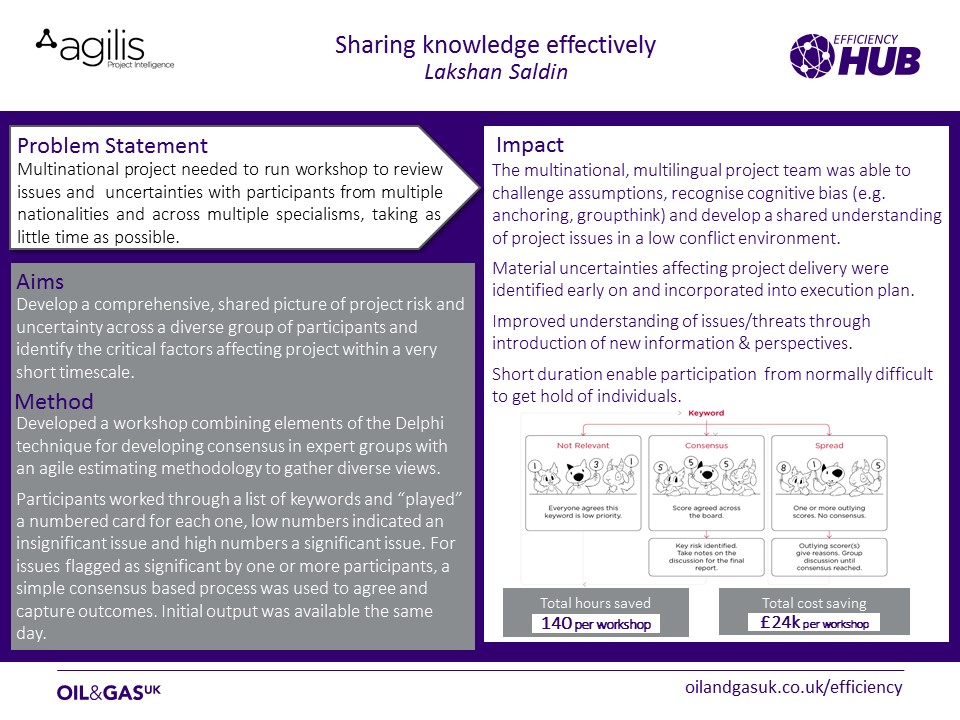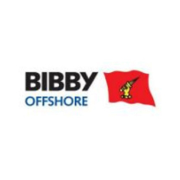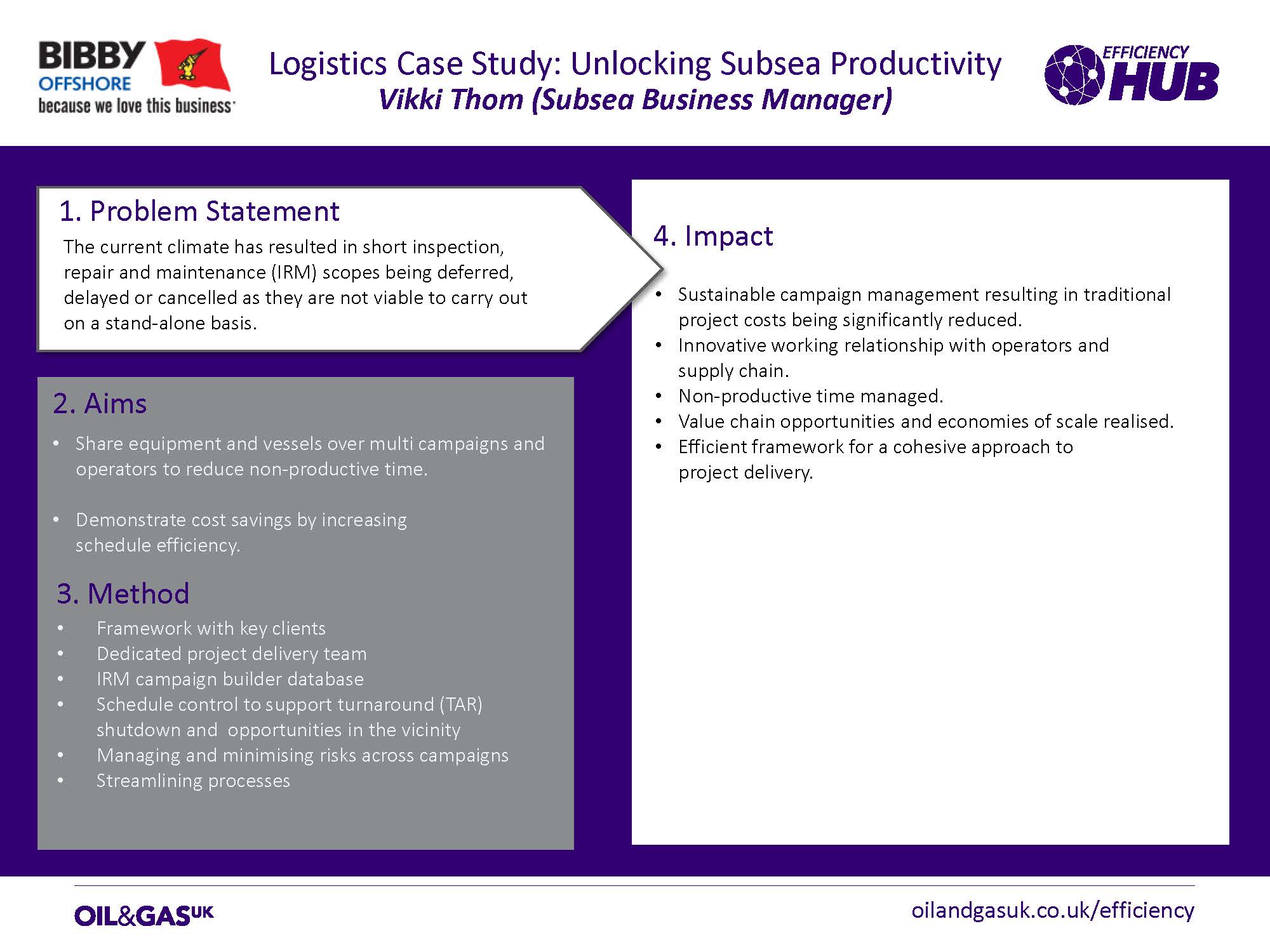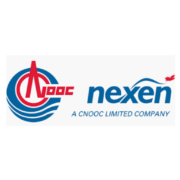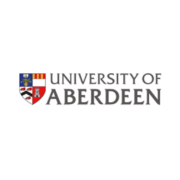An Aberdeen based IT services company, which has provided technology to the global oil, gas and maritime sectors for 25 years, has developed Onboard Tracker – a software to simplify workforce planning and reduce costs.
Managing the logistics, training and competence of oil industry personnel is an intensive and costly process using many people and systems. With budget and headcount reduction on everyone’s mind, the monthly subscription model with no upfront capital cost creates immediate efficiency.
The visibility created allows companies to maximise personnel yield, control overtime and reduce training wastage.
Kevin Coll, Founder of Onboard Tracker and Managing Director of Solab, said: “Prior to the introduction of Onboard Tracker, oil and gas companies were accustomed to using multitudes of spreadsheets, network shares and departmental databases to monitor staff and equipment as their large, expensive corporate systems were not written with offshore operations tasks in mind.
“We developed Onboard Tracker to remove the duplication of systems and data that make daily operations of crews inefficient and costly.
“Finding an available employee, qualified and equipped to take the job offshore, was a laborious task involving multiple people. Often the easiest solution was to keep the person on the rig on high overtime rates as no replacement could be found.”
Access to corporate systems, data protection and confidentiality are significant challenges with multiple systems and spreadsheets. Onboard Tracker’s secure, easy to use web interface ensures that users only see what they should.
Since its launch in 2012 Onboard Tracker has spread across the offshore industry – now being used to manage people and equipment on more than 40% of the manned rigs in the UK Continental Shelf and in over 30 countries.
One company to recognise the benefits is global oilfield services company is Archer.
Managing a workforce of 1,500 people in roaming and rotational teams throughout the North Sea meant that operations, logistics, training, competency and finance personnel were laboriously updating data into spreadsheets and systems.
Mark Cowieson, Archer Operations Manager, said: “We used a number of different spreadsheets and databases with no tracker facility and no visibility of our operations. Spreadsheets were travelling from one email to another, from rig manager to payroll/finance department and so on. There was a lot of manual intervention associated with maintaining and updating documents and spreadsheets to meet client requirements and there were issues around who could get access to a particular spreadsheet, who couldn’t, who needed access and at what level.
“Onboard Tracker almost transformed the way we did business overnight. No longer did we need to lose time tracking down data – it was right there and we could access it when needed.”
Commenting on the University of Aberdeen’s collaboration with Solab, University MBA Director Ian Heywood said: “Now, more than ever, the industry needs to develop better ways to manage its resources.
Working with Solab and Onboard Tracker has enabled us to help drive better practice and also share case studies and white papers. It’s a win-win situation for us, the University, students, Solab and most importantly the industry.”
ENDS
Link to Onboard Tracker’s website: http://www.solab.co.uk/onboard-tracker/
Link to University of Aberdeen Business School: http://www.abdn.ac.uk/business/
Link to Archer: http://archerwell.com/
Direct Link to Case Study: http://www.solab.co.uk/casestudy/case-study-onboard-tracker/


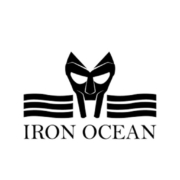
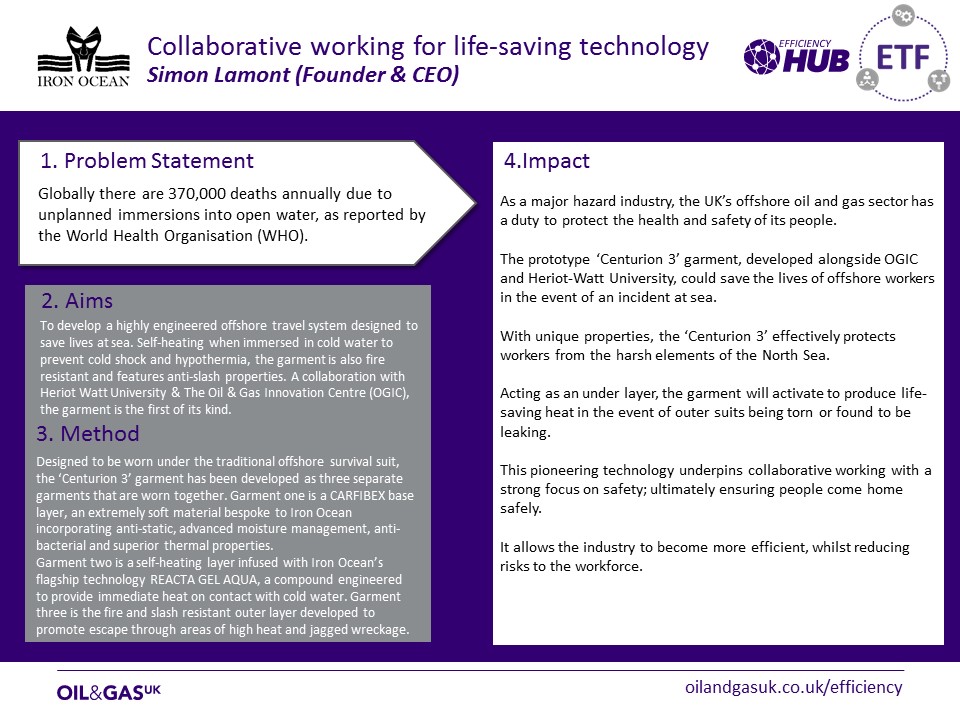
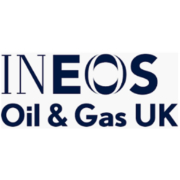
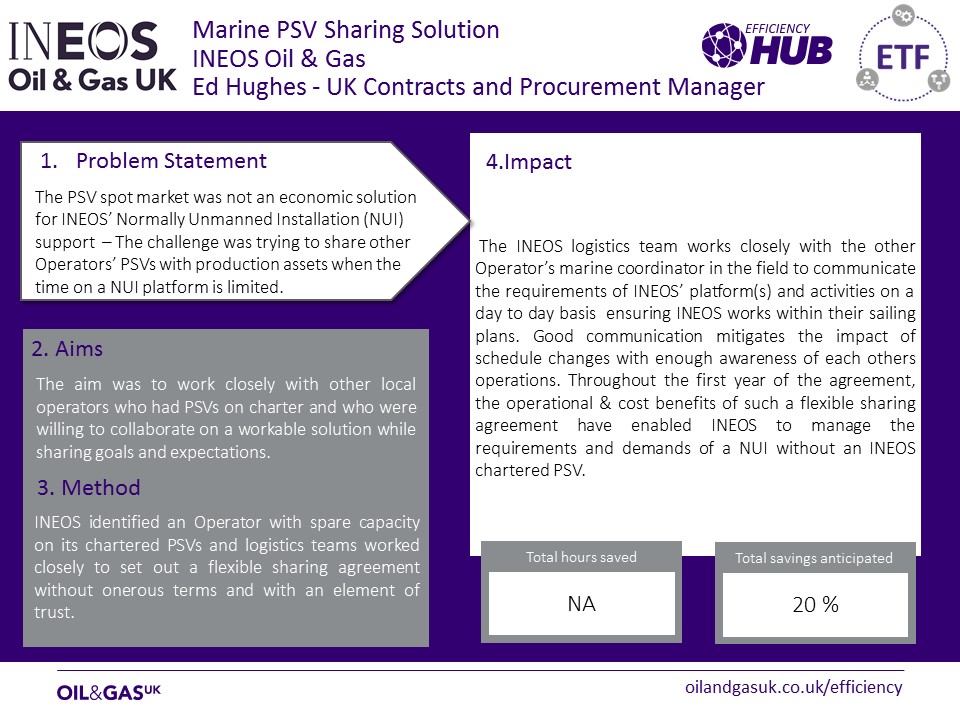
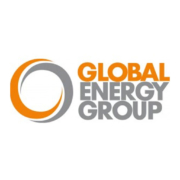
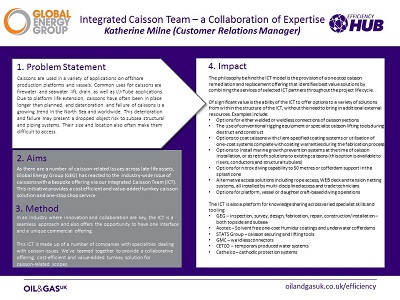
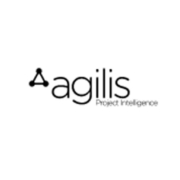
 Problem statement
Problem statement